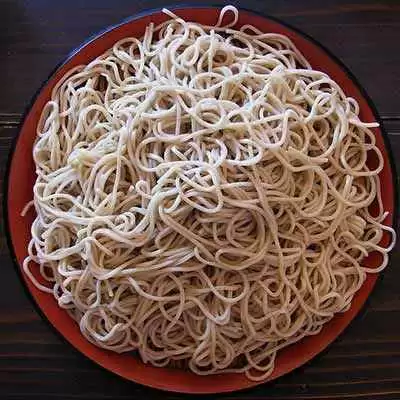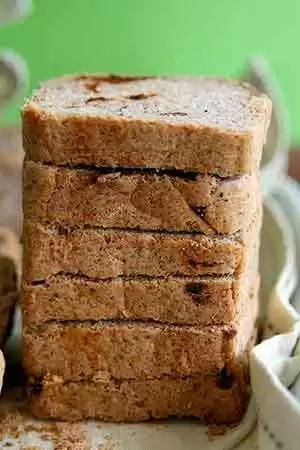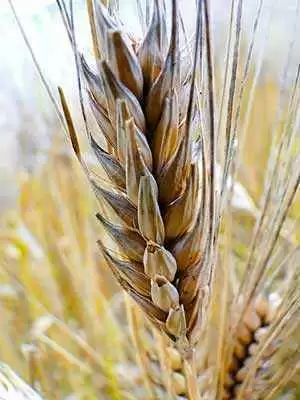Celiac.com 05/09/2016 - Exciting gluten-free news from Japan, where researchers say they have successfully sequenced the entire buckwheat genome. This is a big deal, because buckwheat flour offers certain advantages over numerous other gluten-free flours, especially in noodle making.
 Those familiar with buckwheat know that, despite its name, it contains no wheat or gluten, and is, in fact actually a kind of fruit. The sequencing of the buckwheat gene is exciting because it provides information necessary to develop new kinds of gluten-free noodles and other buckwheat-based foods that may be tastier and chewier than traditional gluten-free products.
Those familiar with buckwheat know that, despite its name, it contains no wheat or gluten, and is, in fact actually a kind of fruit. The sequencing of the buckwheat gene is exciting because it provides information necessary to develop new kinds of gluten-free noodles and other buckwheat-based foods that may be tastier and chewier than traditional gluten-free products.
Celiac.com Sponsor (A12):
Yasuo Yasui of Kyoto University and colleagues have sequenced the full buckwheat genome for the first time, identifying genes which could be modified for improved cultivation capabilities and taste appeal.
Buckwheat is a central ingredient in soba noodles -- a traditional Japanese favorite -- and is also used to make other noodles from China and Korea. In Italy, buckwheat is used in a dish called pizzoccheri, a type of short tagliatelle, a flat ribbon pasta, made with 80% buckwheat flour and 20% wheat flour. Elsewhere in Europe, buckwheat is used in French gallettes, and Slovenian struklji, While in other regions of the world it appears in pancakes and other foods.
In the study, published in DNA Research, the Japanese team found genes related to "mochi-ness", which refers to the soft, chewy texture of foods like marshmallows or fresh bagels. Until now, scientists had not succeed in getting the distinctive 'mochi' texture with buckwheat," says Yasui.
"Since we've found the genes that could give buckwheat this texture, I think we can hope to see foods, including soba noodles and doughy European foods, with radical new sensations appearing on the market in the near future,” Yasui adds.
Some people are allergic to buckwheat, and Yasui says that the sequencing information may help to make buckwheat safe for those individuals as well.
So, stay tuned to learn more about the future of buckwheat in crafting new, chewier noodles, and more.
Source:
- Open Original Shared Link








Recommended Comments
There are no comments to display.